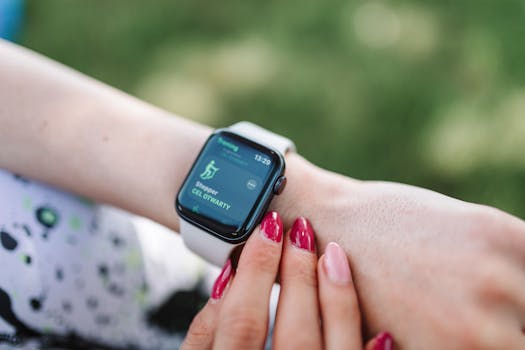How to Use Telemetry in Cycling: Monitoring Performance Data for Effective Training
In the world of cycling, performance data is crucial for athletes looking to improve their skills and achieve their goals. Telemetry, the process of collecting and analyzing data from various sensors, has become an invaluable tool for cyclists. By leveraging telemetry, cyclists can monitor their performance, identify areas for improvement, and tailor their training regimens accordingly. This article explores how to effectively use telemetry in cycling, providing insights into performance monitoring and training strategies.
Understanding Telemetry in Cycling
Telemetry in cycling involves the use of technology to gather data on various performance metrics. This data can include heart rate, power output, speed, cadence, and even environmental conditions like temperature and wind speed. The information is typically collected through devices such as:
- Power meters
- Heart rate monitors
- GPS devices
- Smart trainers
- Wearable fitness trackers
These devices transmit data to a central system, often a smartphone app or a computer, where it can be analyzed and interpreted. The insights gained from this data can help cyclists make informed decisions about their training and performance.
Key Performance Metrics to Monitor
To effectively use telemetry in cycling, it is essential to focus on key performance metrics. Here are some of the most important metrics to track:
- Power Output: Measured in watts, power output is a direct indicator of how much effort a cyclist is exerting. It is crucial for pacing and understanding performance during races.
- Heart Rate: Monitoring heart rate helps cyclists gauge their exertion levels and recovery. It can also indicate fitness improvements over time.
- Speed: Tracking speed provides insights into performance on different terrains and conditions.
- Cadence: This refers to the number of pedal revolutions per minute (RPM). Maintaining an optimal cadence can enhance efficiency and reduce fatigue.
- Training Load: This metric assesses the overall stress placed on the body during training sessions, helping cyclists avoid overtraining.
Analyzing Data for Performance Improvement
Once data is collected, the next step is analysis. Here are some strategies for analyzing telemetry data effectively:
- Set Baselines: Establish baseline metrics for each key performance indicator (KPI). This allows cyclists to measure progress over time.
- Identify Trends: Look for patterns in the data. For example, if power output consistently decreases during long rides, it may indicate a need for improved endurance training.
- Compare Workouts: Analyze different training sessions to determine which types yield the best results. This can help in refining training plans.
- Utilize Software Tools: Use software platforms like TrainingPeaks or Strava to visualize data and gain deeper insights into performance metrics.
Case Study: The Impact of Telemetry on Training
A notable example of telemetry’s impact on cycling performance can be seen in professional cycling teams. For instance, Team Sky (now known as INEOS Grenadiers) has been at the forefront of using telemetry data to enhance their athletes’ performance. By analyzing power output and heart rate data, they have been able to tailor training programs for individual cyclists, leading to significant improvements in race outcomes.
In the 2012 Tour de France, Team Sky’s use of telemetry data was instrumental in helping Bradley Wiggins secure the yellow jersey. The team’s meticulous analysis of performance metrics allowed them to optimize Wiggins’ training, ensuring he peaked at the right time during the race.
Implementing Telemetry in Your Training Routine
For amateur cyclists looking to implement telemetry into their training, consider the following steps:
- Invest in Quality Equipment: Choose reliable devices that suit your needs, such as a power meter or heart rate monitor.
- Regularly Collect Data: Make it a habit to record data during every ride to build a comprehensive performance profile.
- Review and Adjust: Regularly review your data and adjust your training plan based on insights gained.
- Seek Professional Guidance: Consider working with a coach who can help interpret your data and provide tailored training advice.
Conclusion
Telemetry has revolutionized the way cyclists monitor their performance and train effectively. By understanding key performance metrics, analyzing data, and implementing insights into training routines, cyclists can significantly enhance their performance. Whether you are a professional athlete or a weekend warrior, leveraging telemetry can provide you with the tools needed to reach your cycling goals. As technology continues to evolve, the potential for data-driven training in cycling will only grow, making it an exciting time for cyclists at all levels.
